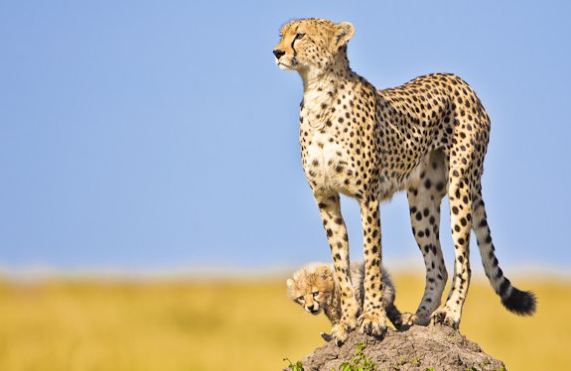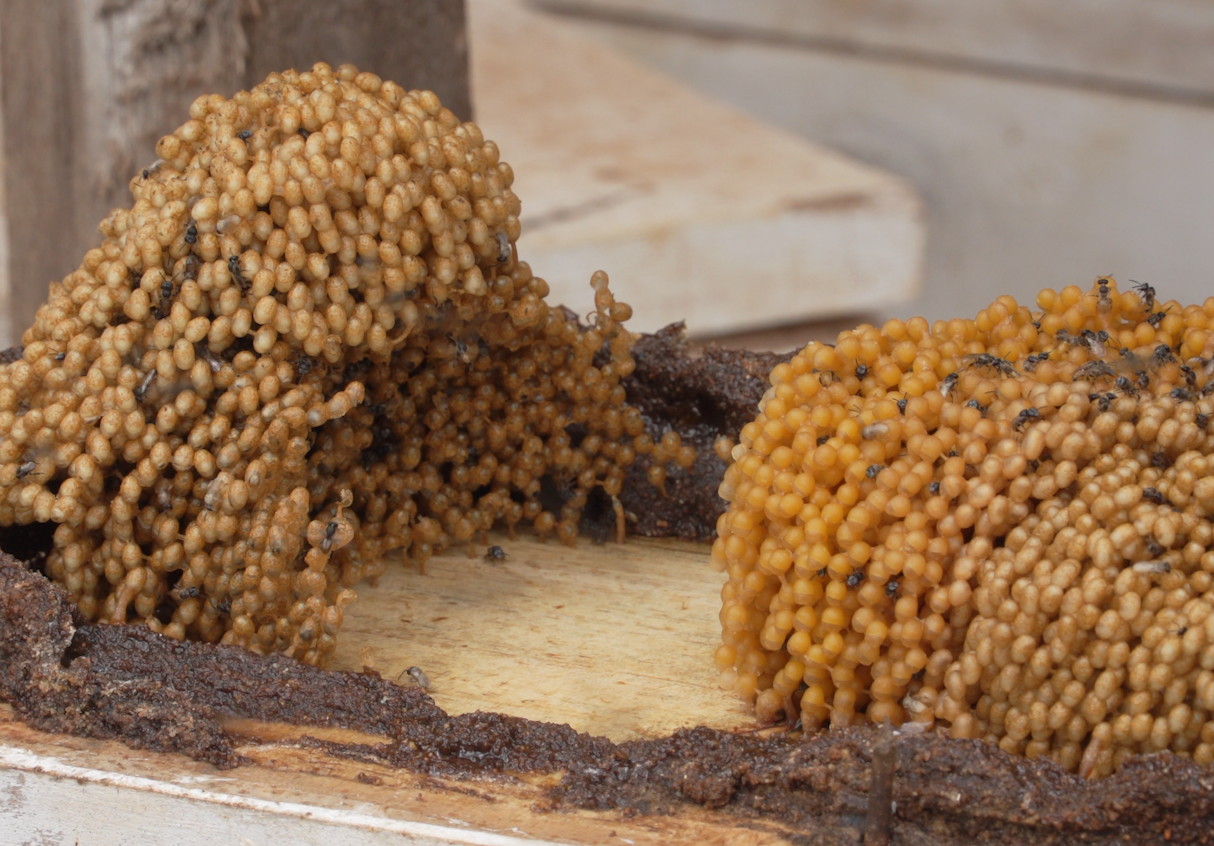
Mara Migration: Up close with the cheetahs

It’s not an average day on the Mara, we’re told. Within a few minutes of passing through the reserve gates, we’ve already sighted a cheetah – stalking a group of zebra across the plain, being followed by a herd of tourist-filled four-by-fours.
CGTN Africa are in the Maasai Mara. The wild world – a feral landscape torn to pieces by mountain ridges and flattened out by wide-open plains. Look to the west and high grass runs up to the Tanzania border, look east and green land is a welcome point for over one million wildebeest, hundreds of thousands of zebra, impala and the like.
Of course, it’s not always this way. The route of the Great Migration kicks this reserve into life. Not only from the sheer number of wildlife – who have travelled thousands of kilometres and risked their lives to cross over to here – but also from the crowds of tourists that have flown in from all over the world just to witness this moment.
“Cheetah’s cannot climb trees”
For some of us, it was the first time we’d ever seen such a range of wildlife in one place – with a huge herd of wildebeest moving in tandem across the hillside, all heading in one direction. This sight alone was enough to get us excited over something we’d only ever witnessed on television screens. Then, our guide took us to a known cheetah hideout.
We found the world’s fastest land animal lying under the shade of a tree. A top beneficiary of the opportunities that the Great Migration bring, the cheetah has evolved to fully take advantage of the Mara’s terrain. For hunting, it uses termite mounds and tall grass as cover to creep up on unsuspecting prey, and for survival, has learnt to hide its cubs away in the bush, so that other predators may never discover them.
Cheetahs prefer hunting in the morning or evening when it is cooler, and as we approached it at midday, this one was just enjoying rolling around. Already a hit with a few tourist cars, the cheetah then got up and turned towards the tree. With a burst of acceleration, the cat clawed its way up to a high branch. When it reached the top, it looked down at the cars below, paused for a moment, and defecated. This, our guide explained, was a once in a lifetime moment. An experience he’d never before witnessed in his 14 years of being a guide, and as we started to drive on to the riverside to try to capture the wildebeest crossing, he couldn’t stop smiling.
There’s a reason the Maasai Mara is known as the tourism jewel of Kenya. In the high season, the eager tourist can rise early to spot: Prides of lions with cubs; elephants pushing through the bush; hippos snorting in the river next to log-like crocodiles; zebra grazing in vast numbers and giraffes emerging on the horizon. It’s a wildlife wonderland, seemingly designed to be photographed.
It appears that the Great Migration brings the best out of life on the Mara, and as we continue to journey through this wild world, CGTN Africa will bring you the latest updates of our experiences in the reserve.
Follow us for more updates, images and videos as we traverse the reserve.
- There are on estimate 9,000 to 12,000 cheetahs in the wild in Africa.
- Only half of their hunting chases, which last from 20 – 60 seconds, are successful.
- When attacking prey, cheetahs knock them to the ground and kill with a suffocating bite to the neck.
- Cheetahs are typically solitary animals. While males sometimes live with a small group of brothers from the same litter, females generally raise cubs by themselves for about a year.
- Gestation period is around three months, and at the time of labour, a female can give birth to up to four cubs.






